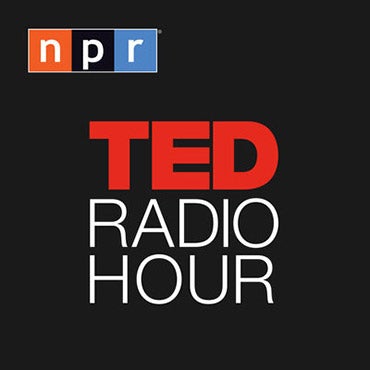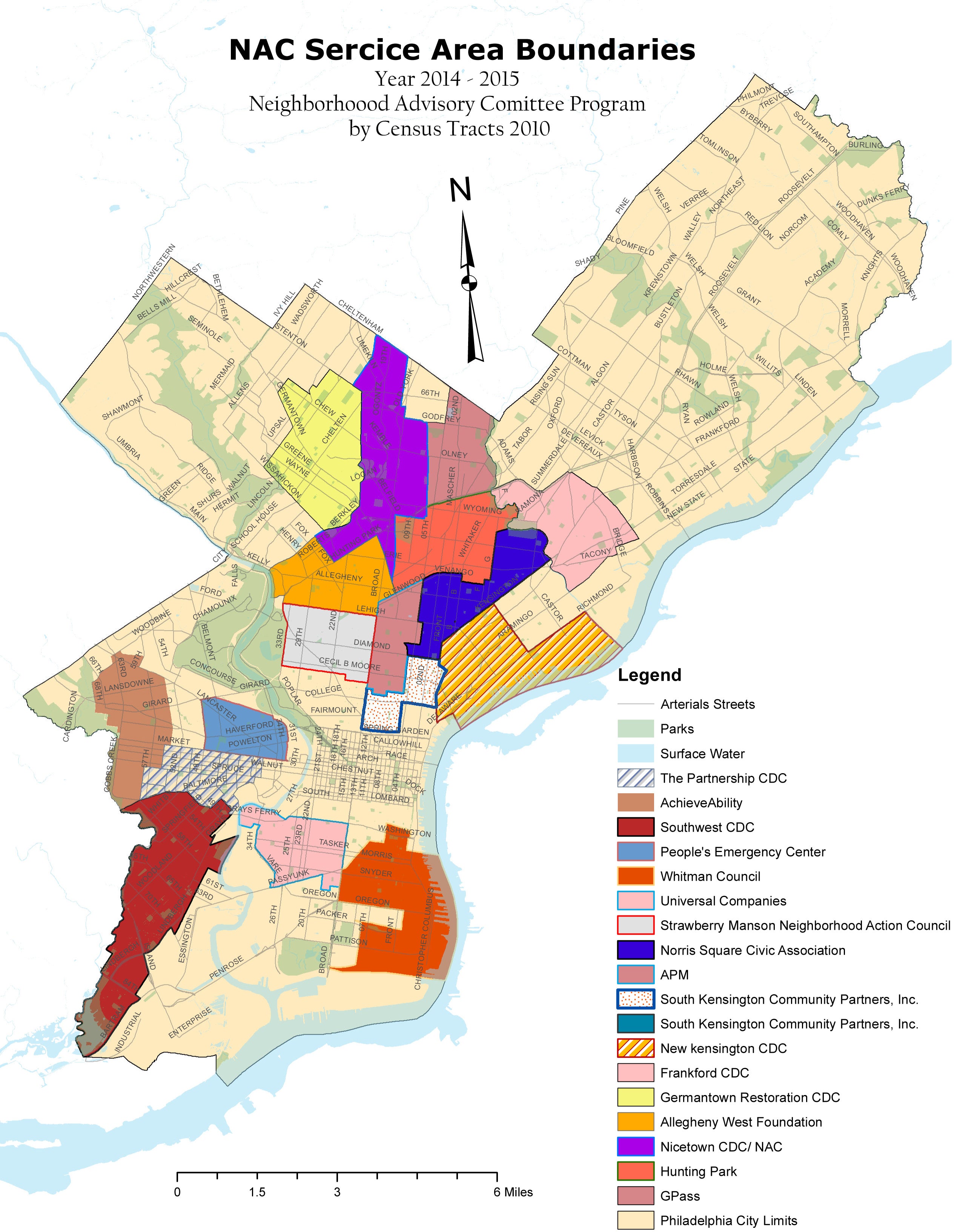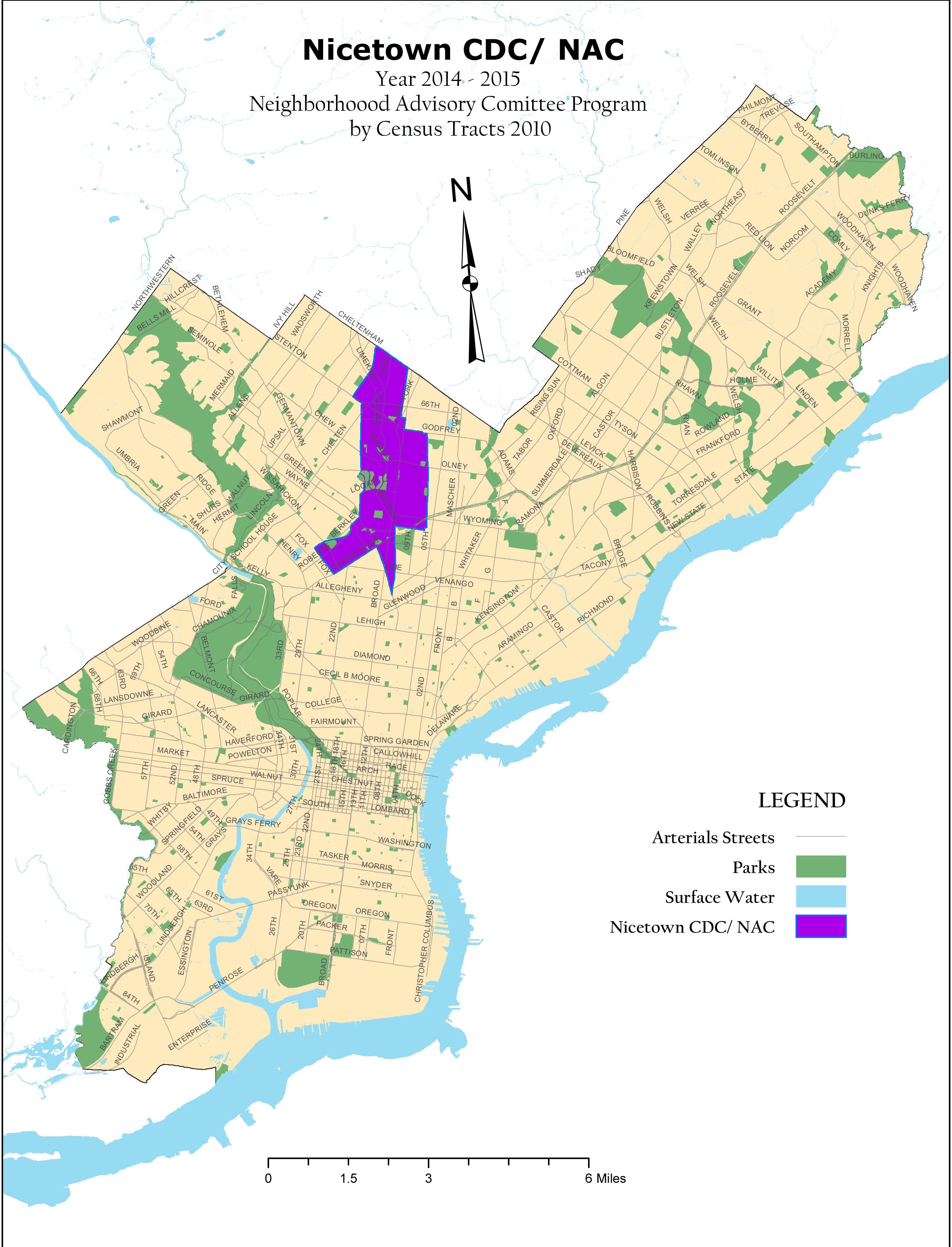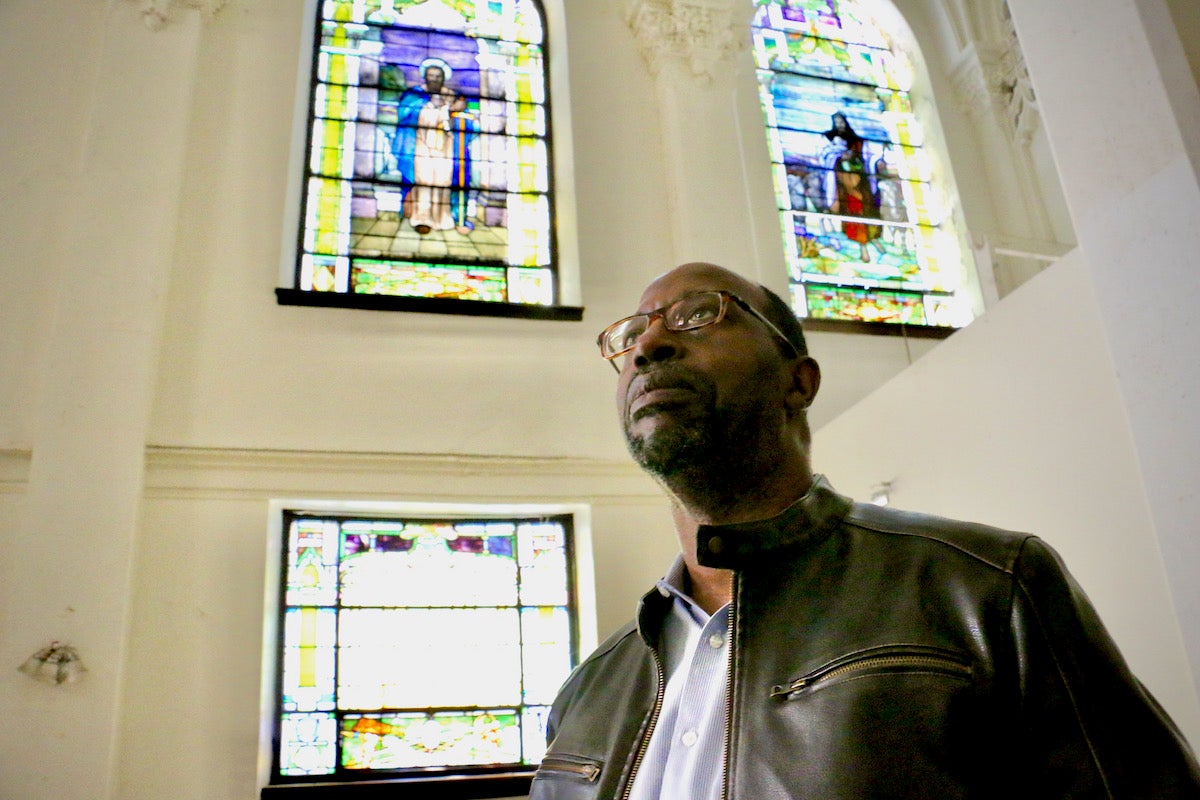Philadelphia’s Neighborhood Advisory Committees: First responders in the fight against poverty
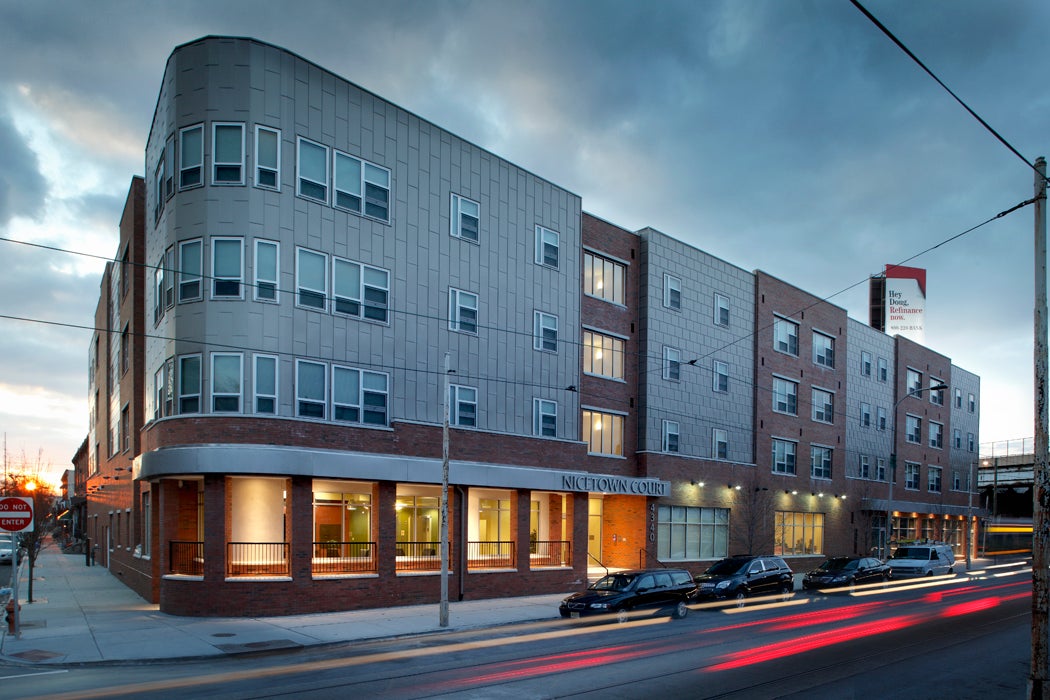
For this installment of our election season op-ed series, Majeedah Rashid makes the case for increasing the resources dedicated to Neighborhood Advisory Committees. NACs are one-stop-shops serving neighborhoods with 51% or more low-to-moderate-income residents, and as executive director of Nicetown CDC/NAC Rashid has seen firsthand how strong NACs help build more sustainable, stable neighborhoods. The Equitable Development Platform released by PACDC calls for improving the ability of neighborhood groups to connect residents with vital services and programs.
“Mortgage Foreclosures Reach All Time High” – You probably remember headlines like that at the peak of the financial collapse in 2008. As communities and homeowners across the nation were searching desperately for help, Philadelphia sprung into action and Neighborhood Advisory Committees (NACs) played a key role.
A partnership of housing advocates, the courts, city government and lenders crafted the Mortgage Diversion Foreclosure Program, a unique project that helps homeowners facing mortgage foreclosure get face-to-face negotiations with lenders, and support from non-profit legal counsel, to negotiate mortgage modifications as well as access to other help to save their homes. Philadelphia’s NACs provided boots-on-the ground support for this program.
Each month, the NACs get a list of the properties facing foreclosure in their service areas, and go door-to-door to educate homeowners about the diversion program. If no car is available, it can take days on public transit to reach everyone. Though the program was publicized in the media and offered a phone hotline, the NAC staff brought something vital to its success: direct help from someone who cared, could be trusted, and was standing at the front door of frightened homeowners. It worked. From 2008 – 2011, approximately 11,200 homeowners participated in the program, and 3,900 of them completed the process and reached agreements with lenders.
This is what NACs do: help neighborhood residents get access to the programs, services, and support they need when times are tough or when they face big problems they need help with or don’t know how to solve.
The Nicetown CDC/NAC has partnered with SHARE since 2003 to run a food cupboard that distributes food monthly to dozens of families that face food insecurity. In 2012 and 2014, we served over 1,200 needy families in two days through a partnership with Feed The Children to provide food and personal care items.
Nicetown CDC/NAC staff works hand-in-hand with our Supportive Services Coordinator to ensure that the 250 residents of our Nicetown Court I & II apartments – which are new, subsidized affordable housing developments – have on-site services and have opportunities to engage with the surrounding community.
Like other NACs, the Nicetown CDC/NAC plays a key role in attacking blight and vacancy. NAC staff conducts block surveys and report data back to the City about vacant properties and neighborhood conditions. When residents have trouble dealing with nuisance properties, they come to the NAC office to get help navigating City agencies.
NAC offices are “one-stop-shops” and the staff are the “go-to” people for just about anything: From finding employment or securing a decent place to live, to participating in community events or offering input on the future of the neighborhood. People turn to their NAC for ways to connect with and celebrate their community, and for support when they don’t know where else to go.
NACs are kept busy, and program staff is overwhelmed, serving our city’s poorest residents with what amounts to about 55-cents per person, per year. Funding for the program comes from the federal Community Development Block Grant program (CDBG), but Washington has cut Philadelphia’s CDBG allocation by nearly $25 million over the last 6 years. Some NAC programs have disappeared as a result of shrinking funding. Most NACs depend upon scarce supplemental funds from the CDCs that operate them, yet still go without adequate resources to cover a long list of work across huge service areas. Some neighborhoods don’t have NACs at all.
To build and sustain stronger neighborhoods in Philadelphia, we need better-funded NACs. By boosting investment in the NAC program to $4 million per year with local funds to supplement the $1.3 million in federal funds, the City could provide much needed capacity to existing NAC programs. Increased funding could also help NAC staff improve coordination with each other in order to share lessons about what works. At a time when some of our neighborhoods are seeing major new development proposals that could re-shape our city, NACs could use additional funding to help engage and educate residents more effectively on development plans.
I’m reminded of how important NACs are every time I see Christopher Davis stop by our office. Chris is an intelligent young man who recognized his vulnerability to criminal activity, and came to the Nicetown CDC/NAC looking for a better path through employment. NAC Coordinator John Wilson linked Chris to a Streets Department program, Philly Future Track, and John went the extra mile to help Chris apply. They even did mock interviews to help Chris become more comfortable. Chris was hired! He follows up with John and visits the NAC office on a regular basis to give updates on his progress, and to volunteer to serve his community.
Philadelphia’s NACs are the ground troops in the fight for healthier, safer and sustainable communities, serving at the frontlines of issues like foreclosure, energy assistance, and food insecurity. It’s time for the city to boost its support for these troops so they can be more effective in the fight for a stronger Philadelphia.
WHYY is your source for fact-based, in-depth journalism and information. As a nonprofit organization, we rely on financial support from readers like you. Please give today.
